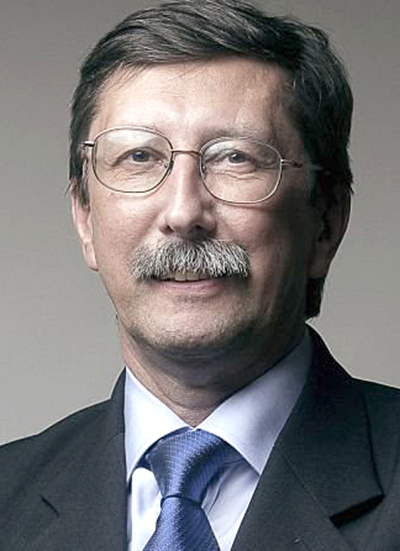There has never been such a thing as “Polish” death and concentration camps. The places where millions of innocent people were tortured and murdered ruthlessly were established by Germany. The Germans created a network of extermination camps with a design to annihilate various ethnicities. Jewish, Sinti and Roma people were condemned to death due to their national extraction. Used as slave labour, Polish people died in labour and concentration camps.
The history of the atrocities began in the 1930s during Adolf Hitler’s rise to power in Germany, when the Germans created a network of penal institutions for the “enemies of the Third Reich”. The first concentration camp was set up in Dachau, a town near Munich, Bavaria. Initially, the site was used to incarcerate political prisoners, Jews, homosexuals, and Jehovah’s witnesses. The inmates, who were made to perform gruelling labour, were murdered on a regular basis. Over time, the camp was filled with prisoners from all over German-occupied Europe. Dachau was used as a model for several equally atrocious extermination sites set up throughout Germany. Following the invasion of Poland in 1939, similar sites were also established in occupied Polish territories.
On Friday, 14 June 1940, 728 Polish political prisoners entered the gates of KZ Auschwitz. The German guards immediately shattered their hopes of survival. Karl Fritzsch, Deputy Commandant of KZ Auschwitz, would greet the newly arrived prisoners with these words: “This is not a health resort but a German concentration camp, and the only way out for you is through the chimney stacks of our crematoria. If you don’t like it here, you can always try our electric fences. The Jews in the transport will survive for no longer than two weeks, the priests for a month, the rest for three months”. The date marks the launch of KZ Auschwitz, which was a veritable hell on earth.
KZ Auschwitz was established only 10 months after the beginning of World War II and was specifically designed to annihilate the Polish nation. In the first years of its operation, Polish people accounted for the largest proportion of the prisoners deported to the camp. The criminal machine was gradually extended.
On 1 March 1942, the second section of the camp, which is otherwise known as KZ Auschwitz II-Birkenau, was set up in the demolished village of Brzezinka. KZ Auschwitz II-Birkenau became the largest German extermination site in the history of the Holocaust. Designed to serve the German holding IG Farbenindustrie, KZ Auschwitz III-Monowitz was established in the same year. KZ Auschwitz comprised a total of 48 different satellite camps, where prisoners were forced into gruelling labour in the service of the German economy.
Unbearable hunger and work beyond human strength, together with violence, torture and pseudo-medical experiments, were a daily reality in KZ Auschwitz. For the Germans, the prisoners at the camp were mere numbers – worthless digits, devoid of any human value or dignity. Therefore, prison doctors tortured them unscrupulously. A fine example of one such torture was what is now called “X-ray sterilisation” where men had their testicles and women their ovaries, irradiated. The process resulted in severe burns and purulent lesions, which were difficult to heal. Many such cases resulted in death.
The SS officers and guards working in the camp derived particular pleasure from administering inhumane punishments to the prisoners, who were already exhausted from malnutrition and gruelling labour. The punishments included public flogging with a wooden stick, incarceration of several people for up to twenty nights in a cramped room that was just one square metre in size and with very little air. The prisoners had to stand all night, and also continue to work without flagging throughout the day.
A particularly severe punishment was administered at the “post”: a prisoner with their hands tied at the back, would be hung, feet from the ground, from a hook for several hours on end. This form of torture invariably ended in ruptured arm tendons, which meant the prisoner, unable to use their hands to work, was doomed to be sent to the gas chambers.
Extermination by gassing was not the only way the German personnel murdered their prisoners. They were also executed by firing squad, public hanging, or starvation. Around 1.1 million people died in KZ Auschwitz at the hands of the Germans: people of 20 different ethnicities, of different denominations and beliefs, scholars and factory workers, men, women, children, and the elderly.
These barbarous activities were perpetrated not only in KZ Auschwitz, but also in many other concentration camps throughout German-occupied Poland. In 1940, KZ Gross-Rosen was set up, where 40,000 people were murdered by 1945. In 1941, KZ Lublin was established, which goes by the name of Majdanek. About 80,000 people died in that camp. Other German concentration camps in Poland include KZ Płaszów (about 7,000–8,000 victims), KZ Stutthof (about 63,000 victims) and KZ Warschau (about 20,000 victims). The camps were staffed by the SS.
German extermination camps in Poland constitute a whole different category. They were created with a design to totally annihilate the Jewish population of Europe. Roma people and Soviet POWs were also murdered in the camps. Extermination camps began to operate in 1941 in locations such as Chełmno on the Ner, and in 1942 in Bełżec, Sobibór and Treblinka. KZ Auschwitz-Birkenau and KZ Lublin are in turn considered to be both concentration and death camps.
Masses of people were murdered in extermination camps over a specific period of time. In Chełmno on the Ner, the victims were pushed into the lorries and suffocated with exhaust fumes. These mobile gas chambers were used by the Germans to exterminate from 200,000 to 300,000 Jewish people from Germany, Austria, France, Belgium and the Netherlands as well as Polish people from nursing homes in Łódź and Włocławek or Polish children from the vicinity of Zamość. Most of the 450,000 of Bełżec victims and the 170,000–180,000 of Sobibór victims were Jewish. Treblinka, where ca. 800,000 people died, was also designed to institute the “final solution”. The German administration began the process of liquidating the camps in December 1942. The last camps remained until January 1945. The Germans tried to cover up the traces of their barbarous activity. They destroyed the gas chambers, demolished the barracks, and had the camp areas thoroughly ploughed and planted with grass.
Apart from the death and concentration camps, the German administration also created hundreds of other camps in Poland. Forced labour camps accounted for the largest proportion in the group. Their inmates worked as road builders and farmers. They were also forced to build fortifications. The camps were notorious for their high fatality rate caused by hunger, gruelling labour, terror and terrible living conditions. Forced labour camps for Polish people were in operation until 1945.




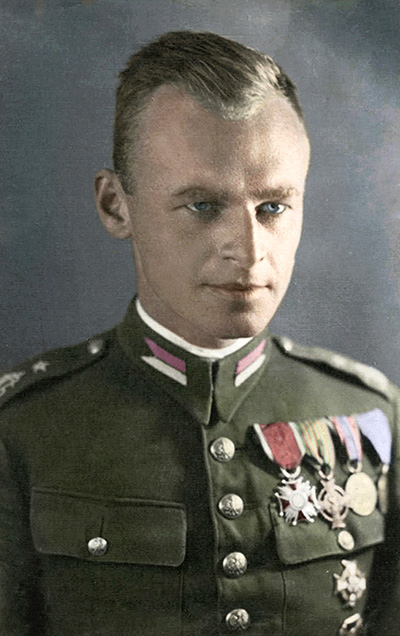
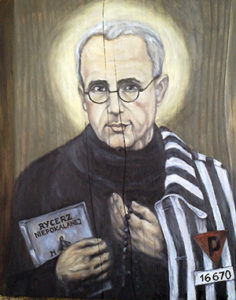
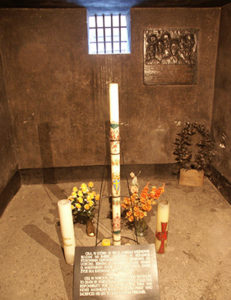
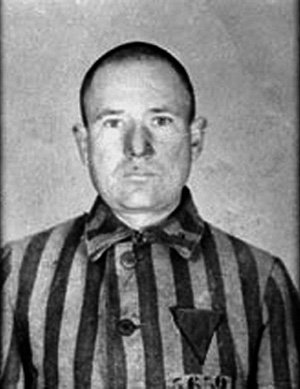


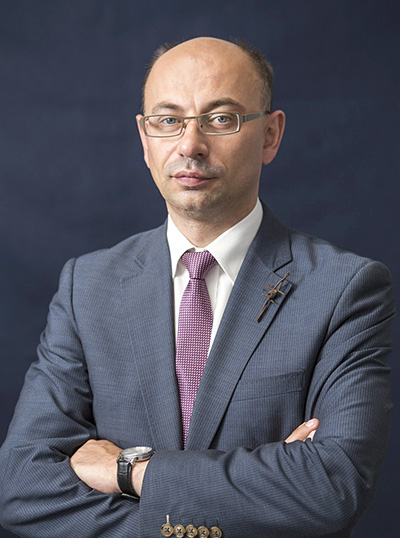
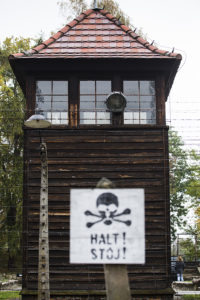 Auschwitz-Birkenau, which remains the symbol of German atrocities, was set up with the intent to exterminate Polish citizens. Right from the outset, the legitimate Polish authorities gave the alarm to the public worldwide about the tragedy happening in the camps. The heroic mission of the Polish cavalryman, Witold Pilecki, who volunteered to become an Auschwitz prisoner, provoked little to no reaction from the Allies.
Auschwitz-Birkenau, which remains the symbol of German atrocities, was set up with the intent to exterminate Polish citizens. Right from the outset, the legitimate Polish authorities gave the alarm to the public worldwide about the tragedy happening in the camps. The heroic mission of the Polish cavalryman, Witold Pilecki, who volunteered to become an Auschwitz prisoner, provoked little to no reaction from the Allies.
